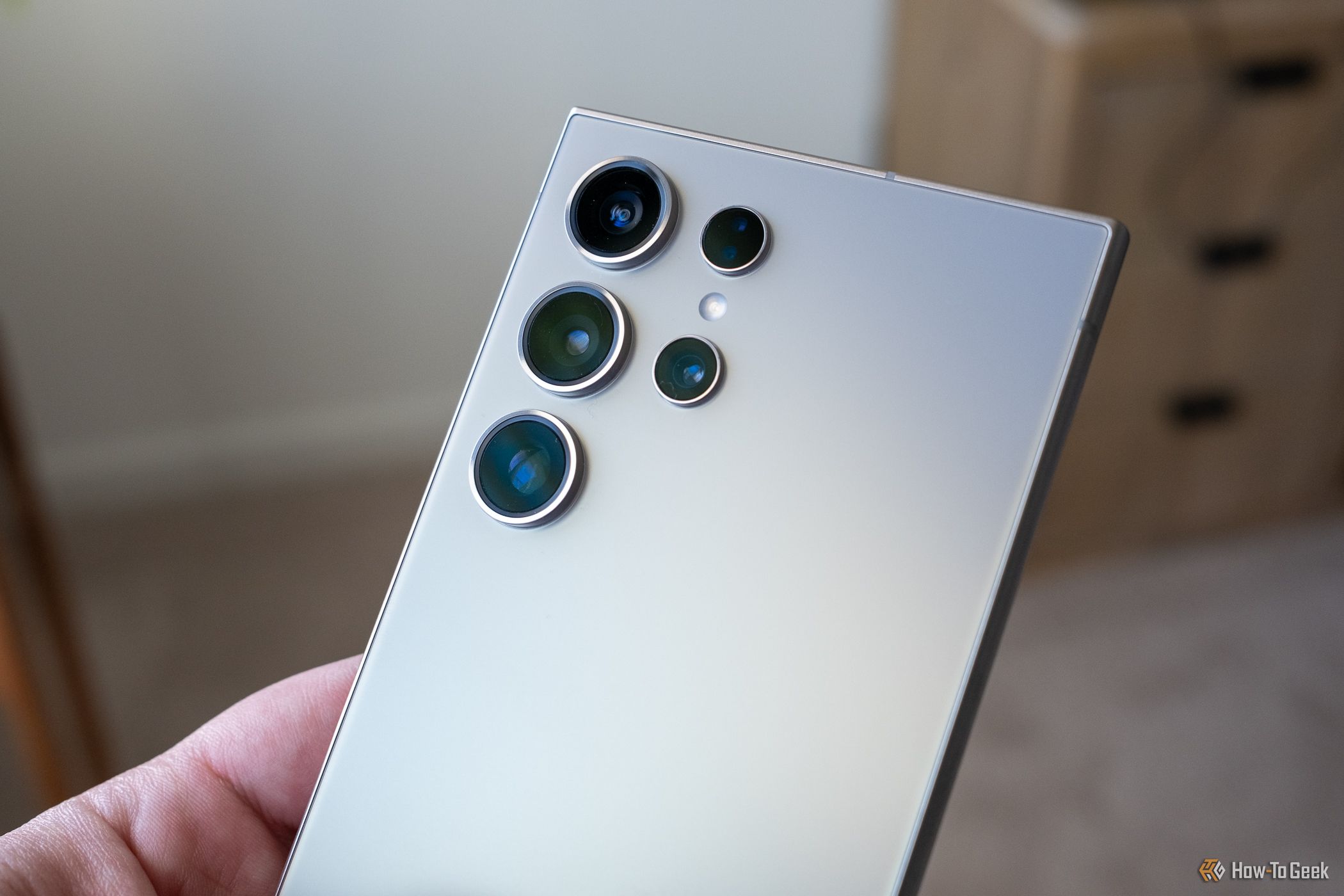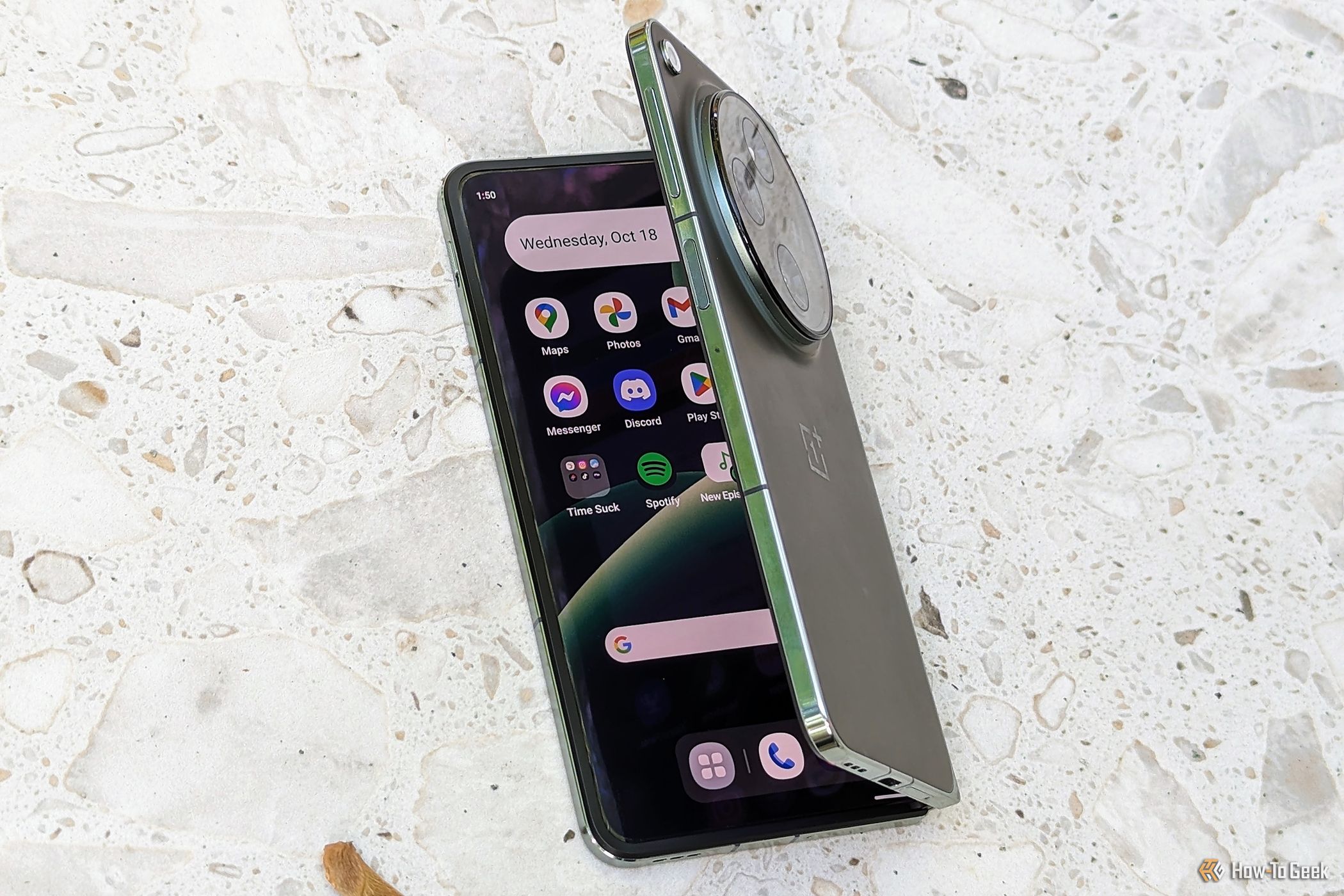Key Takeaways
- Existing Linux phones have outdated hardware, making them slow and unresponsive for daily use.
- The build-quality of Linux phones is subpar, lacking modern features like dust and water resistance.
- Linux phones lack reliable call and text capabilities, and have inferior camera hardware and software.
I once daily drove a Linux phone, the Librem 5, for a spell. I ended up selling it due to issues that primarily had to do with hardware. I like the idea of using a Linux phone, but since no newer options have come out, the experience looks even less appealing now than it did then. Linux can run on a phone, but where is the hardware?
The Current Models Are Just Too Slow
A Linux phone is one that comes with the same operating system and, for the most part, same software that’s available for the version of Linux that millions of people run on their PCs. There aren’t many phones out there that come with Linux, but those that do come with very dated hardware.
I don’t mean that these devices have grown old with time. Phones like the Librem 5 and the PinePhone came with specs that were already underwhelming at the time they launched in 2020. These phones offered up to 3GB of RAM at a time when even budget phones came with 8GB. With phones now shipping 12GB or even 16GB of RAM, the difference is even more stark.
It’s not just about how the numbers compare. If the experience ran smoothly, then it wouldn’t be an issue. But I found both Mozilla Firefox and GNOME Web barely functional on the Librem 5. Webpages were slow to load, if the browser didn’t crash entirely. The software could be better optimized, but modern websites are so demanding that there’s a reason so few devices ship with under 6GB of RAM anymore.
A modern phone’s processor can outperform many laptop CPUs. Meanwhile, the Librem 5 has a CPU that barely holds up to mobile phones from well over ten years ago. That matters a lot when part of the appeal of a Linux phone is the ability to use one as both your phone and your PC. That’s a vision I find very appealing. I already use my phone as my PC with Samsung DeX (which technically is still a Linux- based desktop).
The Build Quality Leaves Much to Be Desired
The Librem 5 is so chunky, it’s thicker than a book-style foldable, except it’s a traditional slab-style phone. The device can be taken apart, so it lacks the airtight seal we’ve come to expect from phones. If you press down on it, you can feel it give.
The PinePhone is much closer to the size of a traditional phone, but it still has the build-quality of a budget model from many years ago. Neither device is dust-proof or water resistant. The PinePhone Pro improved in various areas, but this wasn’t one of them. As a result, if you choose to get a current Linux phone, you will need to baby it more.
Calls and Texts Aren’t Fully Reliable
I don’t know about you, but I still need my phone to be a reliable way to place and receive calls. As someone who placed a pre-order for a Librem 5 years before mine arrived, I remember how nerve-wracking it was for many of us enthusiasts waiting to see if the phone would be able to handle calls over a cellular network. And, by the time I got my hands on one, it did!
But there’s more to a phone than the technical ability to manage a call. What’s as pressing, I came to learn, is how well a phone manages a signal as you move from place to place. Does it hold a signal when it falls asleep, and is it able to wake up from sleep when a call comes in?
My Librem 5 would silently lose connection without any on-screen indication. I would find out later when my wife asked me why I wasn’t responding to texts or answering calls. I simply wasn’t receiving them!
The technical issues vary by phone, but few of them have quite the reliability we expect from our Android phones or iPhones. You may have better luck with a phone running Ubuntu Touch rather than one running Phosh or KDE Plasma, since some of those devices actually did hit the market (outside of the US). Yet even if you attempt to install PostmarketOS on an existing phone like you would a custom ROM, many of the semi-modern devices on the PostmarketOS compatibility page show only partial support for actually placing calls.
Say Goodbye to a Good Camera
Linux phones lack comparable camera hardware. Expect as low as a 5MP shooter or a high as 13MP. It’s not uncommon for a mainstream phone today to ship more megapixels than that on the front-facing selfie camera.
The hardware is only part of the story. When it comes to smartphone photography, software is the bigger issue. The image you see on your screen after taking a shot depends entirely on how your phone and its camera app process the image.
You can see the difference software makes when you install a custom ROM (not a bad way to turn a smartphone into a minimalist dumb phone) and find that the pictures you take now look much worse, because you’ve lost the proprietary software that made the magic happen. Linux developers are still working on making the images that come out of a Linux phone’s camera “usable.” The results are a far cry from the modern smartphone cameras that now have some professionals leaving their DSLRs at home.
The Phones Available Today Are the Same As The Year Before
Around 2019, there was a lot of excitement around the possibility of a Linux-powered phone that wasn’t running Android. A handful of devices were announced, and I enjoyed watching as versions of Linux were developed for those devices.
Half a decade later, the Librem 5 and the PinePhone remain the two phones sold as devices intended to run traditional versions of Linux, joined by a less fully-baked PinePhone Pro. These devices were already playing catch up when they launched, and now they’re even further behind.
Non-Linux Phones Are Introducing New Form-Factors
If a top-notch Linux phone were announced tomorrow, I’d be stoked, but my enthusiasm would still be tempered by the reality that I’m writing this on a book-style foldable phone, and I find a slab phone a hard thing to go back to.
To highlight the difference in progress, this is a form-factor that was in its infancy back when the PinePhone hit the scene. That device can still be considered barely daily drivable. Meanwhile, foldables have gone from being expensive concepts like the original Galaxy Z Fold to the mature, refined, and durable Galaxy Z Fold 6. Flip-style foldables like the modern Moto Razr have made flip phones cool again.
When it comes to Linux phones, your first thought may go to the lack of your favorite apps, but that’s not the main issue. The reality is that even those of us who are willing to forego all of that software just like we would if we were to use a dumb phone, the lack of fully functional hardware is still holding us back.
I’ve used Linux’s GNOME interface on a phone, and it’s great. In many ways, I prefer it to Android. I’m just waiting for a good phone to put it on.






